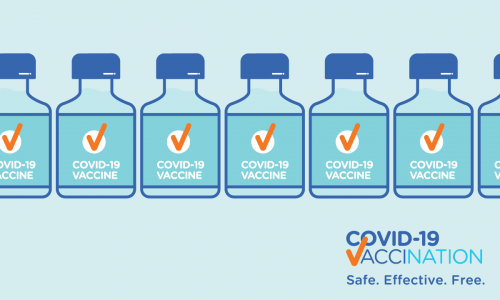We often talk about the ‘modern’ approach to wound care, but these concepts actually began as long ago as 1962 with research that showed that moist wounds healed twice as quickly than wounds that were allowed to form a ‘scab’. And yet it is still a commonly held misconception that a wound needs to be exposed to the air and that drying it out is a good thing.
WOUND HEALING GENERALLY INVOLVES FOUR PHASES:
Haemostasis – blood vessel constriction to stop the bleeding.
Inflammation – to increase blood flow, bringing in compounds to promote healing.
Proliferation – the production of new collagen, blood vessels and skin cells.
Maturation – the collagen fibres are cross-linked and the tissue is strengthened.
THE DENTAL AMALGAM DEBATE
MOIST WOUND HEALING – THE ‘MODERN’ WAY finds its way into the sewage and contributes significantly to environmental pollution. Apple Dental uses an amalgam separator to remove the vast majority of mercury from suctioned water. They are, unfortunately, not mandatory.
STRUCTURAL ISSUES
Although amalgam itself is very long lasting, its effect on the surrounding tooth is often less than desirable. Cracks are common in amalgam-filled teeth, often leading to recurrent tooth decay and split teeth. At best, larger fillings or crowns are needed to treat cracked teeth. At worst, root canal treatment or even extraction becomes the only treatment.
ALTERNATIVES
The main alternative is composite resin, which is a white synthetic material. It may not be as long lasting, but it is more conservative and not as structurally damaging to teeth.
All of these processes are more effective in a moist wound environment as the fluid from the wound provides nutrients and growth factors to assist with healing, and white blood cells help prevent infection as well as the ingredients to produce collagen and new skin cells. Additionally the fluid itself helps to reduce pain as nerves cells are stimulated in a dry environment.
Other factors that affect wound healing are circulation, immune function, diabetes, age and nutritional status (vitamin C, iron and zinc are particularly important).
We are often asked to help with wound management. We are well equipped to clean and dress your wounds in the pharmacy where possible or we can refer you to your GP or the hospital if necessary.
We are currently helping to recruit patients for a study through the University of Melbourne, which aims to better understand the experiences of people who self-treat chronic wounds. There is much research that has been conducted into the professional management of wounds, but very little regarding the self-management of wounds.
Please talk to us in the pharmacy if you think you may be eligible to contribute to this study, or if you would like us to help with managing your wounds.
Dental by Dr Mark Casiglia
Pharmacy & Nutrition by Diana Boot


